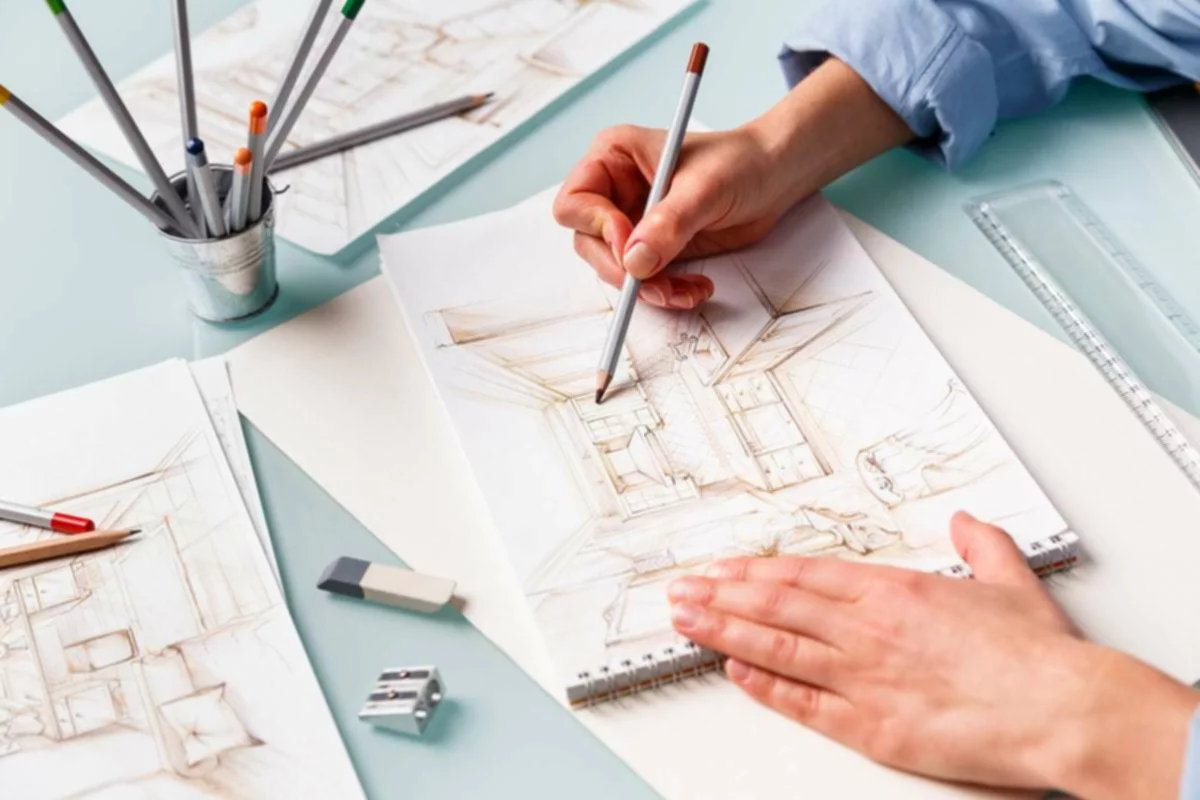Images are also rendered on the LCD screen when viewing them on a camera or chimping. The actual rendering part of the process refers to the time it takes to generate the final image. In manual rendering, this is the time spent coloring and inking in all of what is rendering in programming the details. Through the use of VR, virtual tours, animation, and imagery, architectural rendering can be used to simulate a wide variety of scenes. Once a design is ready to be presented, architecture firms create final renderings to show to the client.
It lets users bring together the visuals, from the shadows and lighting effects to the textures, and generate the final result. Rendering is used for various digital projects, including video games, animated movies, and architectural designs. Rendering is the process of creating a 2D or 3D image from a model by means of computer programs. It is the final step of 3D computer graphics, after modeling and animation, or it can be used to generate 2D images such as logos from 3D models.
Applications of 3D rendering:
In rendering of 3D models, triangles and polygons in space might be primitives. The fourth type of light transport technique, radiosity is not usually implemented as a rendering technique but instead calculates the passage of light as it leaves the light source and illuminates surfaces. These surfaces are usually rendered to the display using one of the other three techniques. A rendered image can be understood in terms of a number of visible features. Rendering research and development has been largely motivated by finding ways to simulate these efficiently.
- While commercial rendering engines can be expensive, there are free alternatives available.
- The process by which a computer system systematically examines data from a coded source of data in order to turn that information into and show a picture is referred to as visual rendering.
- What you see is really breathtaking, prompting many contemporary companies to start using this type of 3D rendering.
Scribbling is a fun practice employed by artists since it is fast and requires no clear direction. It is made out of random and abstract lines, with scribbles repeated around the item outline. A person who wishes to draw a design may frequently employ circular scribbling to vaguely portray a pattern or rapidly fill up a drawing. Chaos Group V-Ray (with real-time rendering plugins like V-Ray Vision), Unity (integrating real-time and ray tracing features), NVIDIA Omniverse (combining real-time and ray tracing workflows).
Virtual Reality & 3D Rendering: The Future of Commercial Real Estate Showcases
These descriptions specify both the purely geometric appearance of the object as well as parameters regarding surface structures, colors, perspectives, light sources, and more. Based on this information, the final object is created using a special rendering program. Here too, the raw data is processed in this way to reduce the requirements on computer memory and performance. Rendering has uses in architecture, video games, simulators, movie and TV visual effects, and design visualization, each employing a different balance of features and techniques. Some are integrated into larger modeling and animation packages, some are stand-alone, and some are free open-source projects. On the inside, a renderer is a carefully engineered program based on multiple disciplines, including light physics, visual perception, mathematics, and software development.
For a detailed analysis of rendering pricing and the factors influencing it, we invite you to explore our dedicated pricing page. (2) To convert any coded content to the required format for display or printing. Although the term is typically used to refer to images, it may refer to any data.
VR adds an interactive element to rendering, and presents new opportunities for the future as the technology continues to improve. With VR platforms, professionals and clients alike can see omnidirectional views of their projects, and in some cases even walk around and explore the space. Although it’s not a requirement, furniture helps people imagine the size of the room, the height of the ceiling, and the flow of the layout. Architectural rendering gives viewers a more immersive look into how the project could turn out.

See designs as they will be built – When looking at floor plans, elevations, and sections, it can sometimes be difficult to imagine how the design will turn out. Architectural rendering solves this problem, giving you and your audience a far more tangible idea of the final product. Maya is a strong 3D modeling program that is also popular among film and gaming creators due to its capacity to generate high-quality virtual worlds and special effects. Ray tracing is a technique for simulating natural light by employing an algorithm to monitor the course of a sunbeam in the actual world. This method contributes to the appearance that virtual rays, like actual ones, bounce off things and form shadows.
Here are a series of phases that are integral for 3D rendering applications. Below, you’ll find a basic comparison for “what is 3D modeling and rendering” to comprehend what 3D modeling is used for as opposed to 3D rendering. To fully understand what 3D rendering is used for, we need to start from a more general concept – 3D visualization. In the architecture industry, a rendering can be the difference between winning and losing a project.